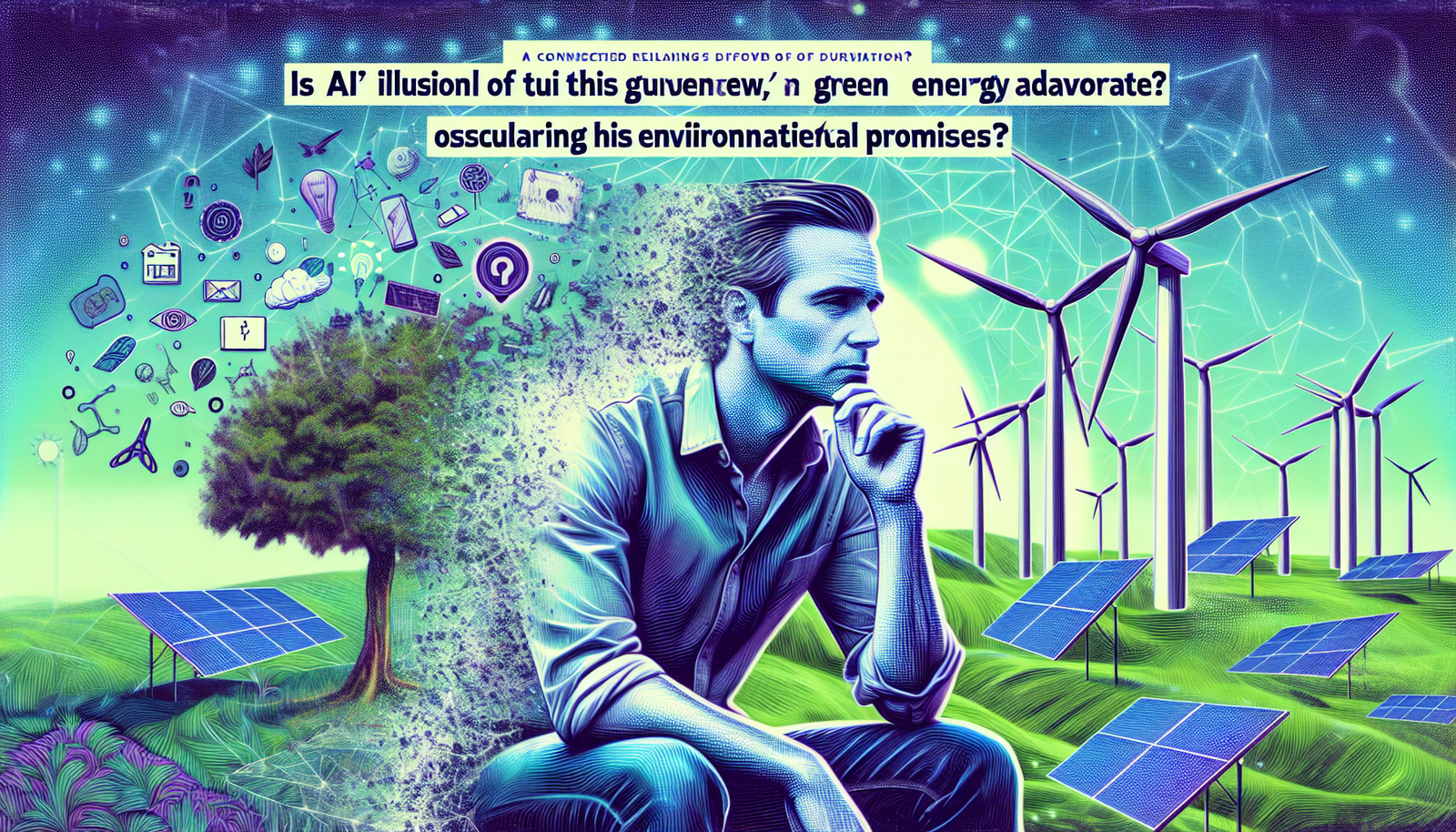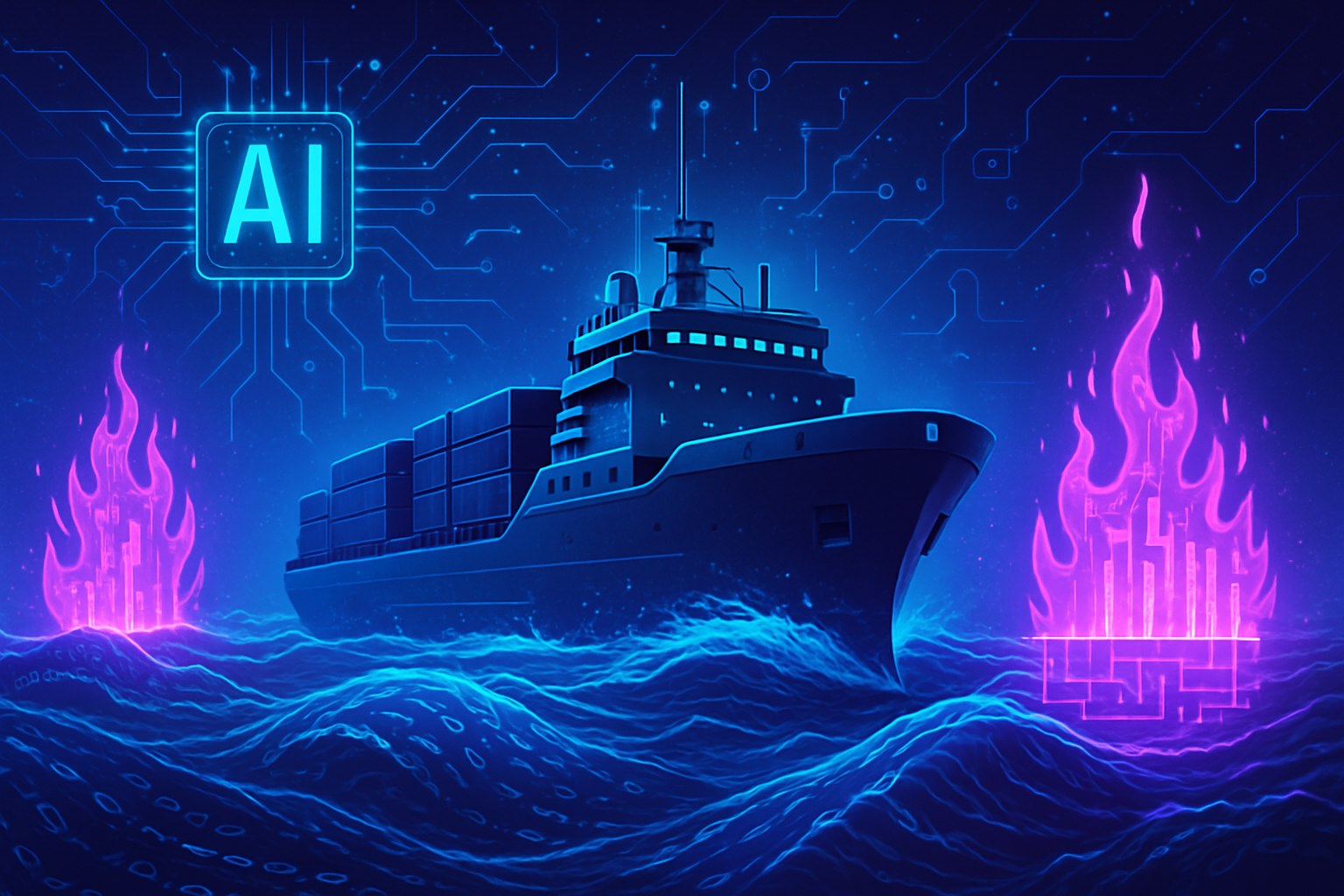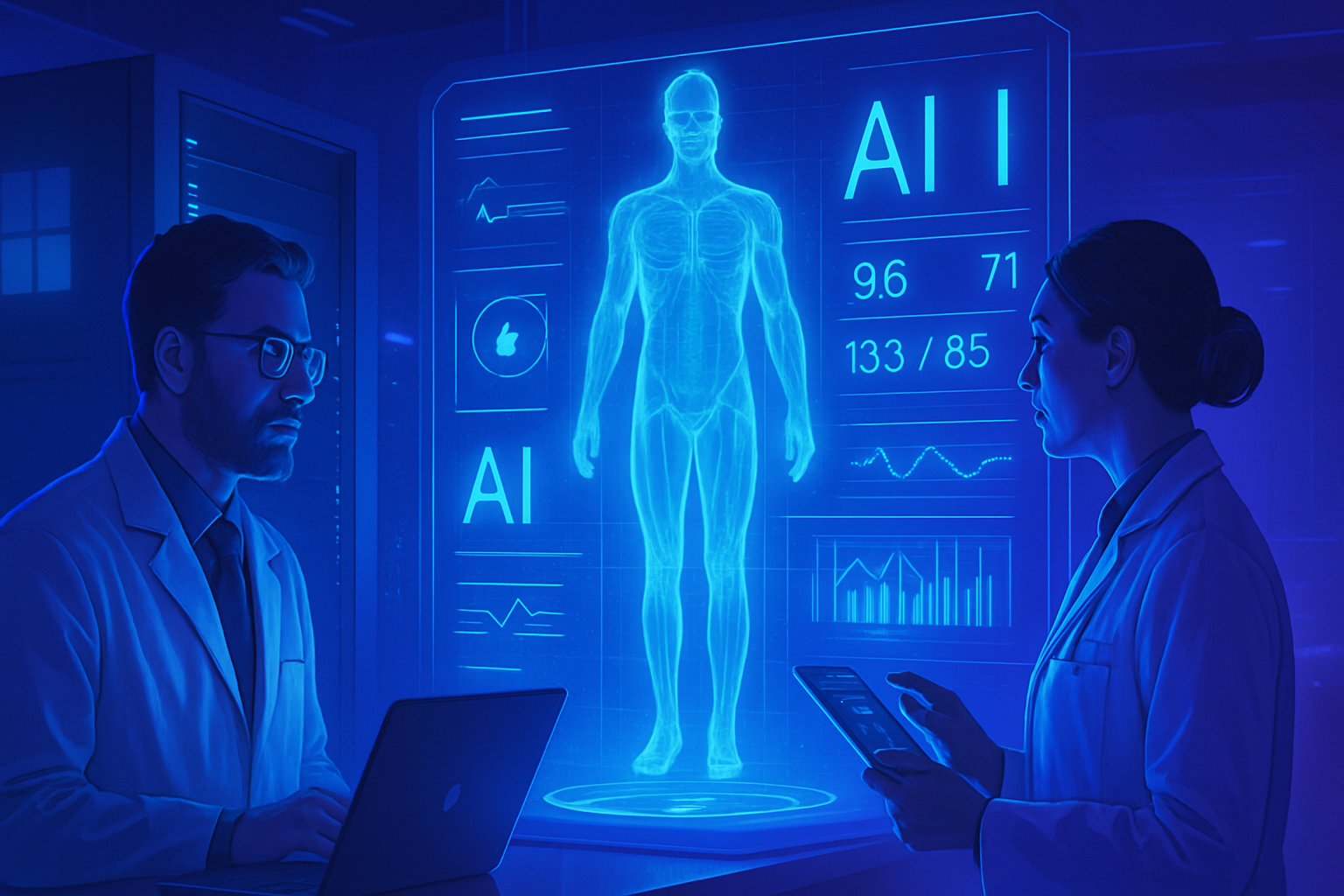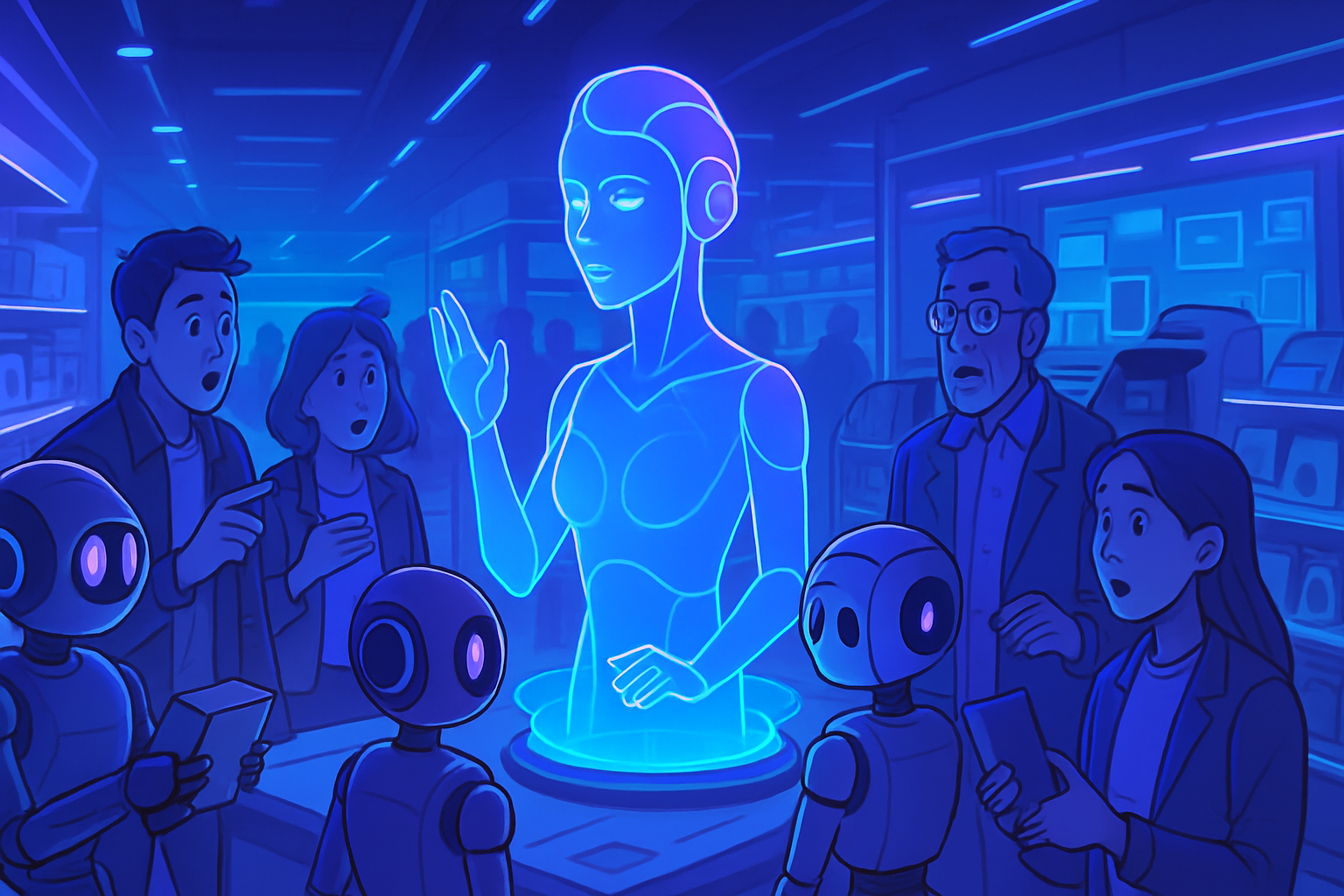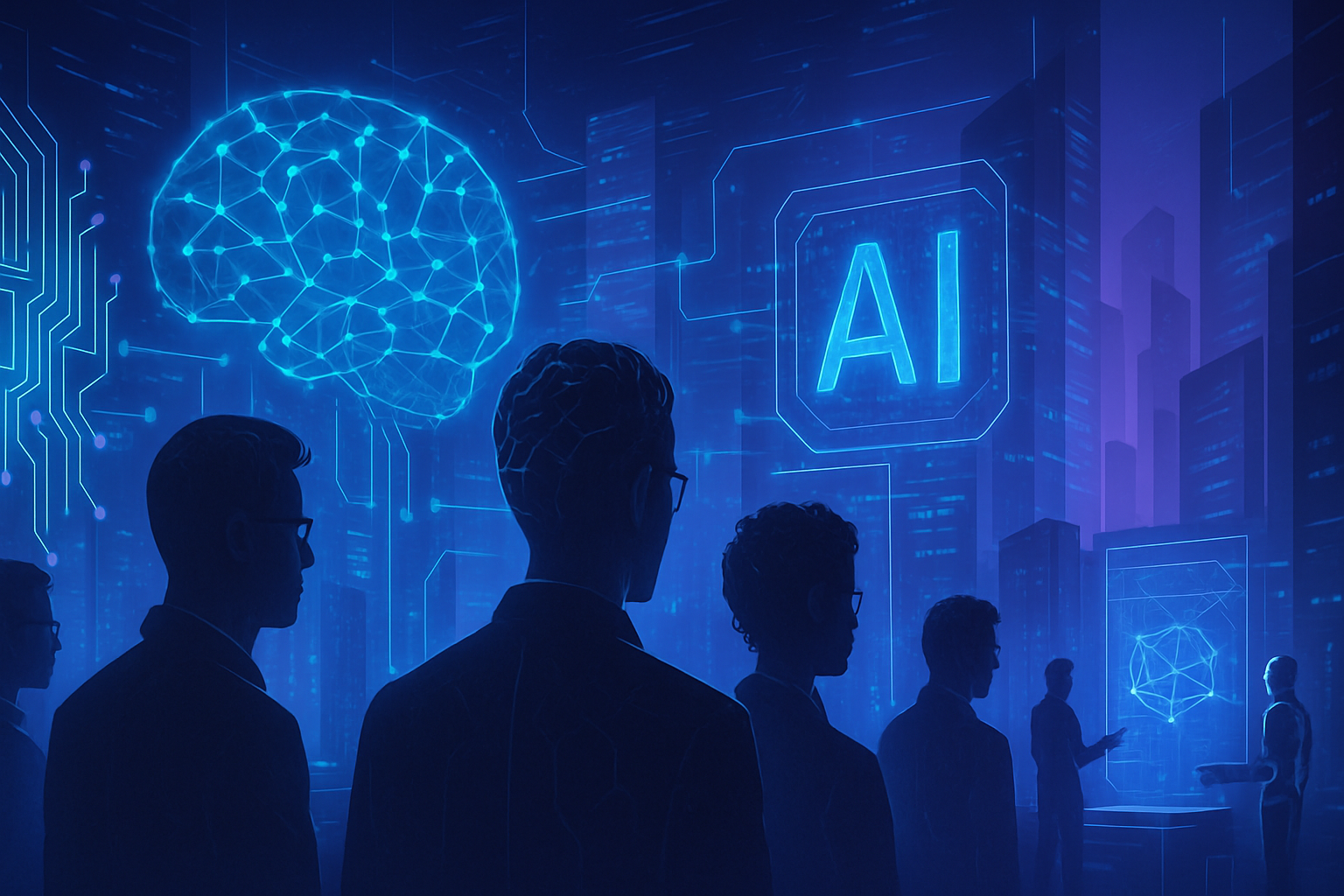The illusion of an AI created by Keir Starmer raises dizzying questions. His intention to increase the power of artificial intelligence poses a tangible risk to his green energy ambitions. The hyper-dependence on AI will require staggering energy consumption, thereby compromising the government’s climate commitments.
*A radical energy transition must absolutely be guaranteed.* Renewable energy projects, vital for sustainability, struggle to expand in the face of the energy needs of such a technological revolution.
*The acceleration of infrastructure could hinder ecological goals.* The dichotomy between technological development and environmental responsibility appears increasingly irreconcilable.
*Fundamental choices are presented to Starmer and his government.* The energy future of the United Kingdom may well depend on prioritizing its political agendas.
The exponential increase of AI and its energy implications
Keir Starmer recently unveiled an ambitious plan to multiply by twenty the computing power of artificial intelligence (AI) under public control by 2030. However, the intention to modernize the British digital landscape faces considerable energy challenges. The need to build more energy-intensive data centers to support this effort raises major concerns about achieving energy transition goals.
The green energy goals in jeopardy
The commitments of the British government in favor of green energy remain fragile in the face of the growing energy demand due to AI. A statement from a National Energy System Operator (Neso) official emphasizes that these energy transition goals are already deemed “on the brink of what is achievable.” The irony lies in the risk that the energy needs for AI could undermine this promise of clean power.
Increased pressure on the electrical system
Current projections indicate that it will be necessary to double the capacity of onshore wind, triple photovoltaic production, and quadruple offshore wind to meet the 2030 targets. Despite the closure of the last coal plants, the United Kingdom continues to rely on gas plants to fill the gaps in renewable energy production. During a cold snap, the electrical grid had to pay exorbitant rates to gas plants, highlighting the precariousness of the current system.
The infrastructure challenges of the electrical grid
The government plans to establish “AI growth zones,” thus promoting an accelerated development of the energy infrastructure. However, these projects require substantial upgrades to the existing electrical grid. The National Grid has stated that the deployment of pylons and underground lines must increase fivefold over the next five years. The combination of efforts to develop AI and transition to green energy creates competition for considerable resources.
The implications on political priorities
The establishment of an energy council for AI led by key ministers could stifle other essential priorities, such as the decarbonization of heavy industry or the construction of sustainable housing. This direction could lead to a choice dilemma. The move towards AI-driven smart homes might mean that certain essential sectors receive less attention or funding.
Towards a synergy between AI and renewable energies
Experts suggest that the emergence of AI could paradoxically improve energy efficiency. Emerging energy storage technologies could support the role of wind and solar energy, but the current prevalence of gas to power data centers raises concerns about the system’s ability to maintain a balance between the demand for clean power and the energy needed to power AI.
Government proposals and energy efficiency
The government is promoting electricity generation solutions, including the promotion of modular nuclear reactors and other cutting-edge technologies. Official statements paint a positive picture regarding the commitment of data center operators to meet energy efficiency standards. However, the challenge remains regarding the actual capacity to meet increasing energy demands.
Future perspectives
The scale of the challenges facing the British government in its quest for a sustainable energy mix remains concerning. AI could provide solutions but could also exacerbate tensions over environmental goals. Strategic decisions and political priorities will take on increasing importance in shaping a future where AI and green energy coexist.
Frequently Asked Questions about the illusion of Keir Starmer’s AI and its implications for green energy
What are Keir Starmer’s main energy goals for 2030?
Keir Starmer aims to establish a clean energy system in the United Kingdom by 2030, including a doubling of onshore wind energy, a tripling of solar power, and a quadrupling of offshore wind energy. However, this presents a significant challenge in the face of the growing energy demand from AI data centers.
How might the increase in AI usage affect green energy goals?
The rise of AI requires a significant amount of energy to operate data centers, which could divert resources and compromise the ability to achieve decarbonization goals, increasing dependence on fossil fuel energy sources during peak demand periods.
Is the transition to clean energy feasible with the rise of AI in the UK?
Although progress may be made, experts believe that the transition to clean energy could be very challenging, as the energy consumption of AI data centers could weigh on the resources needed to achieve net-zero emissions goals.
What are the environmental impacts of AI data centers on the promises of energy transition?
AI data centers are extremely energy-intensive, which adds pressure to the electrical grid and complicates efforts to reduce carbon emissions, especially since the majority of current infrastructures are not designed to support such demand.
Why is it necessary to study the interaction between AI and green energy?
It is crucial to consider how these two sectors can mutually interact, as poorly directed energy choices in favor of AI could potentially slow the progress in the desired energy transition, leading to failure to meet the commitments made by the government.
What measures is the government taking to balance AI and green energy initiatives?
The government has announced the establishment of an energy council dedicated to AI, aimed at securing the electricity generation needed for data centers while fostering investment in low-carbon energy sources.
What challenges will the electrical grid have to overcome with the rise of AI data centers?
The electrical grid will need to undergo significant upgrades to manage the large amount of energy required by data centers while continuing to integrate renewable energy projects as demanded by the energy transition.
How might the rise of AI influence national energy planning?
The growth of AI necessitates a reevaluation of national energy priorities, potentially pushing to reduce resources allocated to other crucial sectors for sustainability and commitment to green energy.
